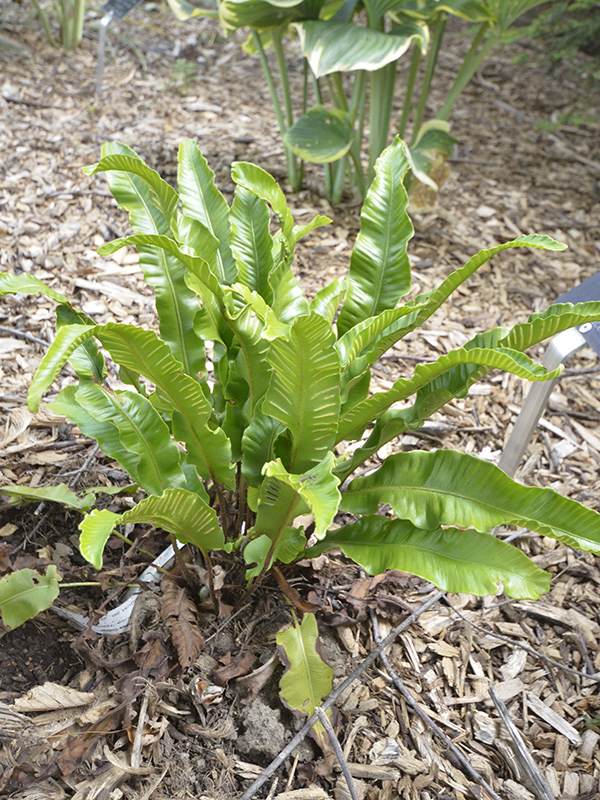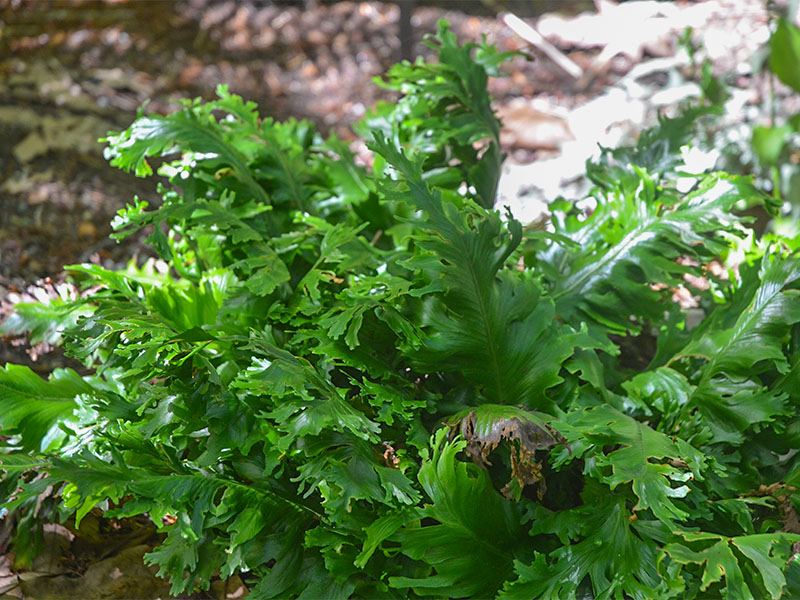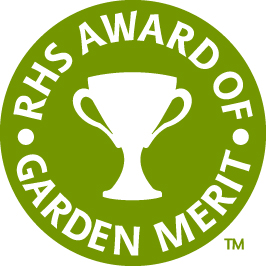
Perennials > Asplenium > Asplenium scolopendrium > Asplenium scolopendrium
Asplenium scolopendrium
Hart's-tongue Fern
Origin: North America, Europe (including Great Britain) and Asia.
| Family |
| Aspleniaceae |
| Genus |
| Asplenium |
| Species |
| scolopendrium |
| Category |
| Perennials |
| Synonyms |
| Phyllitis scolopendrium |
| Pronunciation |
| USDA Hardiness Zone |
| 5 - 9 |
| Canadian Hardiness Zone |
| 4a |
| RHS Hardiness Zone |
| H6 |
| Temperature (°C) |
| -29 -(-1) |
| Temperature (°F) |
| -20 - 30 |
| Height |
| 20 - 30 cm |
| Spread |
| 20 - 30 cm |
Photographs
Description and Growing Information
Flowering Period
| General Description |
| Asplenium scolopendrium or Hart's-tongue Fern is a low maintenance rhizomatous, fern with bright green, tongue-shaped, leathery, evergreen leaves. |
| Landscape |
| Thrives in woodland and shade gardens. Works well in shady areas of limestone rock gardens. |
| Cultivation |
| Grow in full or partial shade in a moist but well-drained, humus rich soil. Avoid bright mid-day sun, as it can cause damage. May be sensitive to fungicides. |
| Shape |
| Small, tufted fern. |
| Growth |
| Slow |
| Pests |
| No serious pests or diseases. In poorly drained soils, root rot can become an issue. |
| Leaf Description |
| Leaves are rich green, arching fronds 30-75 cm in length. The spores are borne in the conspicuous transverse stripes beneath the fronds. |
| Flower Description |
| Non-flowering, but produces spores. |
| Notable Specimens |
| Royal Botanical Gardens, Burlington, Ontario, Canada. |
| Propagation |
| Propagate by spores in mid to late summer or by division in spring. |




